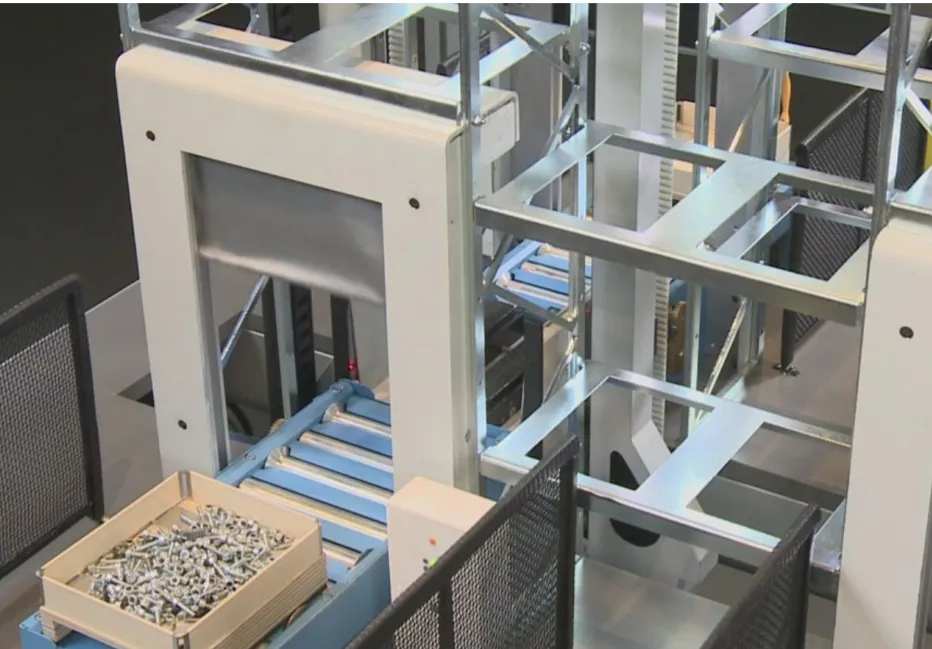Turku University of Applied Sciences (TUAS) is a leading scientific institution of higher learning in Finland. Taking its name from the town of Turku where it’s located, the university offers opportunities to its 9,500 students and 800 faculty members to gain real-world technology and manufacturing experience. Through the TUAS Future Product Processes research group, students and teachers can participate in actual research and development projects, working with commercial manufacturers. The collaborative partnership provides valuable experience to TUAS students and staff, and produces tangible value for participating companies.
For example, the TUAS Future Product Processes research group worked with Fastems Oy Ab, a manufacturing company in Tampere, Finland, on the development of a fully functional, one-tenth-scale model of a flexible manufacturing system (FMS) for use at trade fairs and international exhibitions. Fastems develops, manufactures, and supplies FMS solutions and robotic cells that automate production processes for metalworking companies. Because Fastems partners with all major machine tool manufacturers, integrating their products into its automation solutions, its partnership with TUAS is extremely beneficial to students, according to TUAS Future Product Processes research group Research Leader
Jussi Liikkanen.
“It’s very important for us to engage in these kinds of projects with companies to get a picture of what type of engineers and skills businesses are looking for,” Liikkanen explains. “It also provides valuable information about how we can adjust our education programs. This project has made it easier for Fastems to find the right employees in the future, because it has given them a great opportunity to meet our students and learn about their skills. The company also gets the opportunity to provide input regarding our education programs and raise its profile and awareness among students.”
TUAS utilized SOLIDWORKS Education Edition design software on the project. TUAS uses SOLIDWORKS in its curriculum, and the fact that Fastems also uses SOLIDWORKS made it the obvious choice. The team leveraged SOLIDWORKS Education Edition design software, including SOLIDWORKS Simulation analysis, SOLIDWORKS Enterprise PDM product data management (PDM), eDrawings® design communication, and PhotoView 360 photorealistic rendering solutions.
Overcoming Technical Challenges
Producing a fully functional scale model of a Fastems FMS required the team to overcome numerous technical challenges involving validation, production, and communication. The project wasn’t as simple as just downscaling existing Fastems SOLIDWORKS models to one-tenth their size; it required students to remodel and produce the system’s many sheet metal and machined parts. Many of these parts were produced on 3D printers that were created as a result of previous student projects. Students also relied on PhotoView 360 photorealistic rendering and eDrawings design communication tools to facilitate interaction between project management, engineering, and manufacturing teams.
“Fastems’ models were used only as the basis for the students’ design work,” Liikkanen points out. “The visible parts of course had to look exactly like the original system, but the technical inside of the model is very different from the original. The big challenge was not just modeling but developing techniques to make internal systems—for instance, the mechanical elevator and forklift—work properly at such a small scale.”
